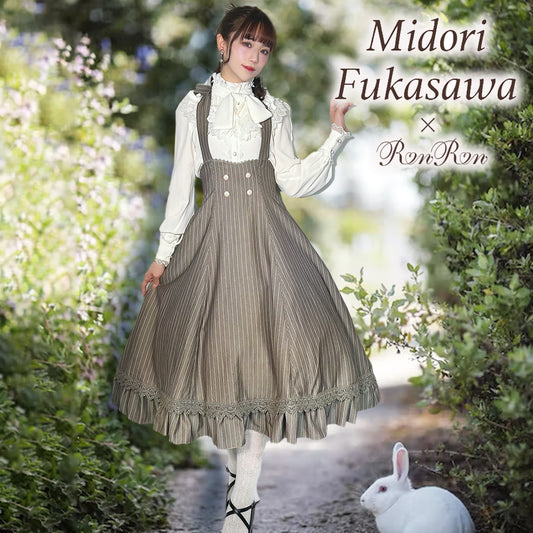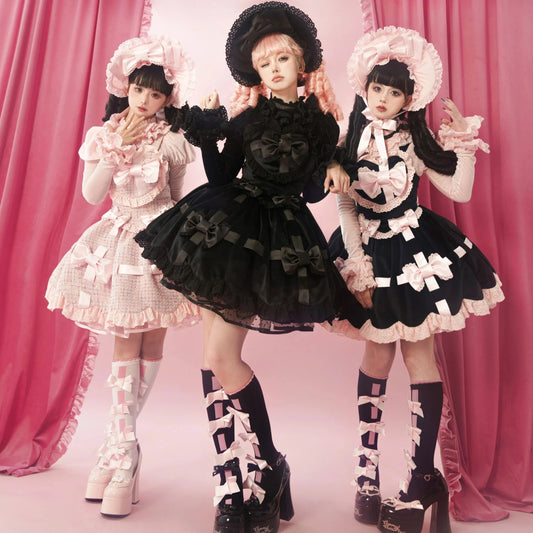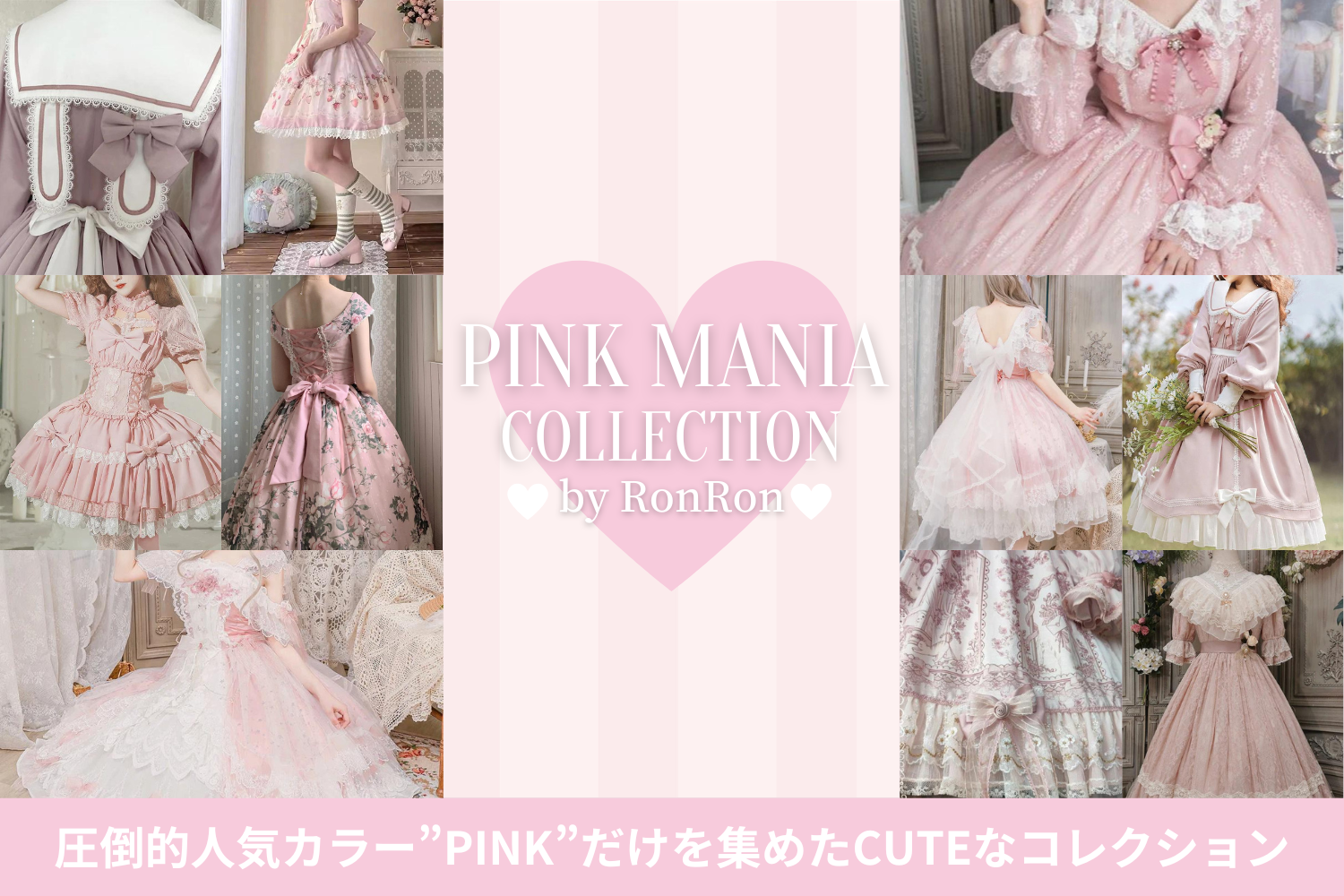
Black Clothes and Painters: Focusing on Paris, France in the late 19th century
Share
Women dressed in black

Édouard Manet, A Bar at the Folies-Bergère (1882)
A painter active in Paris, France in the 19th century. He was known as the "Magician of Black" for his skill in using black.
The theme for this issue is "Black Clothes and Painters" - focusing on Paris, France in the late 19th century.
The reason is that I recently re-read Harada Maha's collection of short stories, "Black Paintings," for the first time in a long while. It's a book with a lot of dark content, but when I looked through the art book to see what kind of black paintings there actually were, I found a lot of them. They were from the late 19th century, which is a period I'm interested in.
At that time, Paris, France, was the world's leading center of culture and art (after World War I, this shifted to America).
Also, the 19th century was a very interesting time, a transitional period towards modernization. Especially in the arts. Also, this is just my personal feeling, but I feel overwhelmed or powerful when I see black clothes. I've always thought that black is a mysterious color when it comes to clothes.
What image do you have of black clothing?
Let's get started.
Nowadays, both men and women often wear black clothes and use black accessories in formal situations and on a daily basis.
Some people, like Steve Jobs, the founder of Apple, don't have time to choose, so they only choose black turtlenecks (but they were always Issey Miyake)...
It may seem surprising, but it was actually quite difficult to make black clothing popular.
First of all, black clothing, when did it first become popular?
I was curious about when black clothing first became popular in Europe , so I did a little research.
The 15th century, which coincided with the Renaissance.

It seems that it started to become popular amongst men named Philippe le Bon (the man in the picture, who was apparently known as the Good Duke), whose family ruled over what is now the Burgundy region of France and the area around Belgium.
It seems that the first fashion for wearing black clothing in Europe spread at this person's court.
It was a prestigious house, so from a modern perspective it would seem to fit the image of black mentioned above.
However, the reason why he chose black is unclear. (One theory is that it was because he was in mourning after his father was assassinated.)
Of course, black clothing had been worn before, but it was when the man referred to by Philippe le Bon was head of the House of Burgundy that black clothing became formal attire and fashion among the ruling class.
It is believed that Italy was the country that started the trend.
In the second half of the 14th century, a sumptuary law * was issued to the nobles of the Italian city-states of Florence and Venice, ordering them to refrain from wearing extravagant or flashy clothing and to wear black clothing, and this trend spread to France.
* (Orders such as "From now on, this type of clothing is prohibited." Extravagance is not allowed. These orders were issued many times during the Edo period in Japan, and restrictions were imposed on kimono patterns.)
One reason for this is that advances in fabric dyeing technology (although still using natural dyes) made it possible to produce beautiful black fabric for the time.
It is possible that Florence, a city that developed through textiles, was told to refrain from luxury, but since it had more technology than other cities, it may have been a business tactic.
Also, during the Middle Ages (a period of about 1000 years from the 400s to the 1400s), technology was immature and black fabric was expensive. Black clothing was also in fashion during the Baroque period (16th to 17th centuries).
Now, let's move forward in time to the late 19th century.
Renoir was sensitive to the latest fashions
The second half of the 19th century in France was a time when painters such as Renoir and Monet (who are still beloved worldwide) were active and successful.
Renoir in particular was commissioned to paint many portraits and was always exposed to the latest fashions, so his works give us insight into the clothing of the time.

Portrait of Madame Georges Hartmann (1874, oil on canvas, H.183.0; length 123.7 cm. © RMN - Grand Palais (Musée d'Orsay))
Renoir prided himself on his talent for portrait painting, and received commissions from wealthy people such as Madame Altman to paint their portraits in haute couture clothing.
Mrs. Altman's black dress is also made of high-quality satin.

< Bal at the Moulin de la Galette > ( 1876, Musee d'Orsay)
Renoir 's masterpiece. Almost all the men are in black ! The most prominent woman is the central figure, wearing a black dress and hat. It depicts Renoir's friends, and is a large work measuring 130 cm in height and 175 cm in width. The spots are an expression of light. They are not a pattern.
As depicted in this "Ball at the Moulin de la Galette," in the 19th century, black was the predominant color for men, regardless of social class.
Black women's clothing was mourning clothing (women in France in the late 19th century had to mourn for 18 months) and was the clothing of the common people. Its adoption as a fashionable women's color came after a major evolution in the methods of dyeing fabrics.
That evolution was the development of chemical dyes in the mid-19th century, though not just black.
It is actually quite difficult to dye fabric black using natural dyes, so the black fabric is more of a blackish color than a true black.
However, wealthy people would naturally wear beautiful black clothes made from elaborate, high-quality fabrics. Common people could not afford expensive fabrics, so they wore "black-ish clothes."
However, in 1863, black began to be produced using chemical dyes, and a system was put in place to mass produce jet black fabric.
If we produce a lot of it, the price will go down and the options will increase, making it easier for ordinary people to get their hands on it.
This is why black dresses were so popular in Paris in the late 19th century.
Furthermore, Paris hosted five World's Fairs between 1855 and 1900, further enhancing its functions as a city and accelerating its evolution into a more sophisticated city.
Social consciousness and the notion that women should stay at home began to change, so women were able to choose their clothes relatively freely. Department stores, a new place of entertainment, also appeared, and opportunities to go to places like theaters increased.
Also, from this time onwards, magazines began to increasingly convey fashion information.
In addition, the development of chemical dyes made it possible to produce ready-made clothes at reasonable prices. Of course, people often wore clothes they had made themselves.
(Ready-made clothing itself has been around since around 1820. Before that, ordinary people mainly wore second-hand clothes.)

Renoir's " Umbrellas " (1881-1885)
This work gives us a glimpse into society through the fashion of the time.
First, the woman on the left in black clothes is the first person to catch your eye. She is wearing very simple clothes. And while everyone around her has an umbrella, this woman doesn't have one. She's not even wearing a hat.
The container the woman is holding is for storing hats, and the hat inside is not her own, but that of the customer, who has ordered it. She is on her way to deliver it.
That is, working people.
In contrast, the woman on the right is wearing an elaborately designed dark blue dress, a hat (which was a must), and an umbrella. As you can see, she is a wealthy person. Incidentally, umbrellas and parasols were fashionable items at the time.
This shows that the gap between the wealthy and ordinary people has widened.
By capturing the latest fashions, Renoir was able to capture the "now" of his time.
A few nice pieces depicting black clothing

Carolus-Duran, Lady with Gloves (1869)
This is a work by the painter Carolus-Duran, who continued to paint the high society of Paris, depicting one of his own ladies. The beautiful dress she is wearing is haute couture.
Haute couture originated in 19th century Paris.
The wealthy citizens, who had moved from the aristocracy, became the center of society, and clothes that met the needs of these wealthy people were provided. Of course, famous fashion houses continue to provide them to this day.

John Singer Sargent, Portrait of Madame X (1883-1884, Metropolitan Museum of Art)
One of the students whom Carolus-Duran taught during his time as an art teacher was John Singer Sargent, an American who lived in Paris.
The piece highlights the white skin and black dress, and the original had a strap hanging down on the right shoulder, which caused a lot of controversy.
This time, I looked into the works of various painters who were active in Paris in the second half of the 19th century (there are many more than I have mentioned in this blog), and I was reminded that black clothing has two extreme charms: a solemn atmosphere and an elegant, fashionable beauty.
The modern and new culture of fashion trends and information that attracted the attention of many women created a social phenomenon at the time, and I felt that this phenomenon continues to shape the image of the city of Paris today.
The connection between fashion and art is as strong today as it was in the past, and in recent years there has been an increase in exhibitions combining the two.
New things and ways of thinking create and spread culture.
The gaze that captures the "now" like Renoir's. I once again realized that I want to cherish this.
I would be happy if you read to the end.
References
"Reading Masterpieces from Fashion", author Akiko Fukai, PHP Institute, 2009
- "The History of Black Clothing," by Yoshiko Tokui, Kawade Shobo Shinsha, 2019
・Musée d'orsay official website
Author
Masashi Aoki
Art Examination Level 1 Art Navigator

I'm the one in the top left of the picture. I sometimes create images like this.
I photographed the marbling I did with acrylic paint and combined it with images I took myself.
In the past, I worked as a radio station director in Osaka and Nagoya for a long time.
I was a public relations member of Aichi Triennale 2013 .


![Classical Stand Collar Ribbon Tie Blouse [20% off for combined purchases]](http://ronron-lolita.myshopify.com/cdn/shop/products/O1CN011liqi22IENvinxZU5__482929254.jpg?v=1654558151&width=533)
![[Pre-order] Military Lolita Dark Gothic Short Sleeve Dress](http://ronron-lolita.myshopify.com/cdn/shop/products/O1CN017vZiU82DlIDkTjBZc__2249888649.jpg?v=1717717987&width=533)
![[Pre-order] Edwardian Elegant Lace Classic Lolita Dress](http://ronron-lolita.myshopify.com/cdn/shop/products/O1CN013Kl7z82GOLFjQCYBa__57119005.jpg?v=1709854965&width=533)



